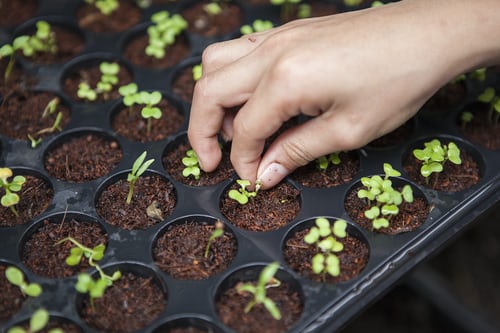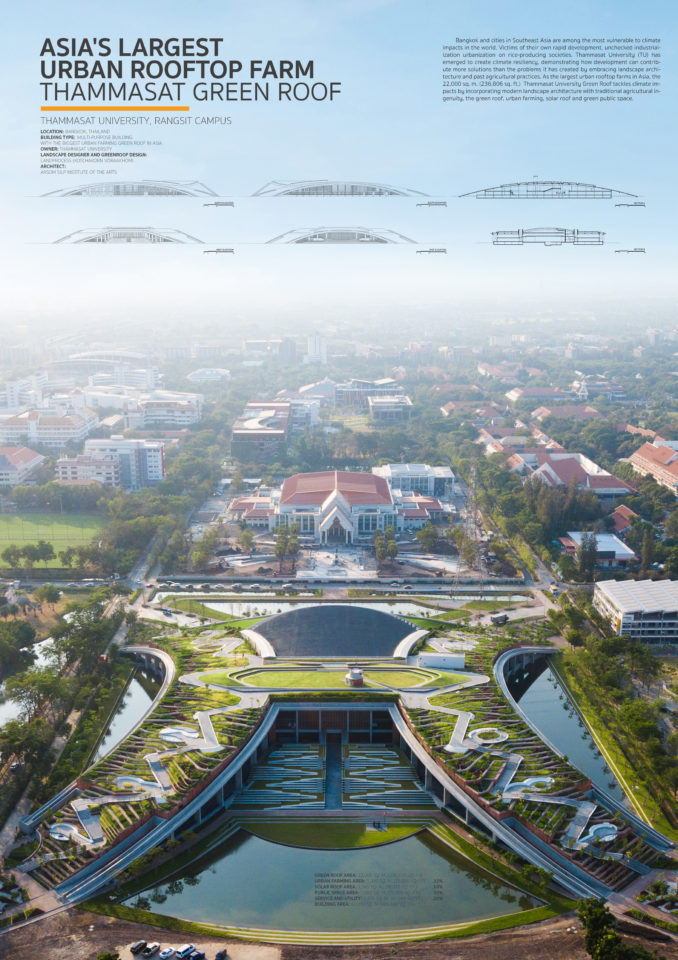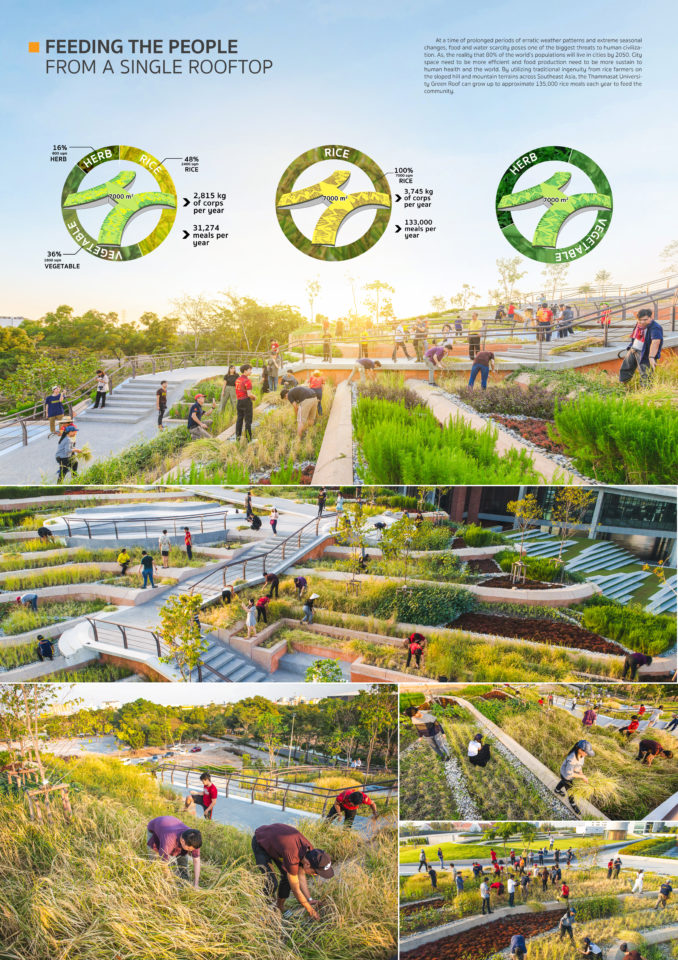Urban Agriculture: Feeding Cities
The need for food security and food resilience is more urgent than ever.

Image 1: Unsplash
Cities around the world are experiencing how easily the food supply chain can be disrupted during the COVID-19 pandemic. In countries that run mostly on local production, tons of perishable fresh foods are destroyed by farmers since they can no longer sell to closed down restaurants, hotels, and schools. Countries that rely heavily on imports, gear up for disruptions to its food supply chain. Others stockpile their food, suspend export contracts or face the threat of food shortage. Amongst the many affected productions in the food industry, traditional agriculture systems (eg. rice farming in Asia) which are more dependent on manual labor, also suffer from manpower displacement.
All these uncertainties during the COVID-19 situation have more people thinking about how to reduce food supply disruptions during a time like this and beef up food security and food resilience to ensure a sufficient supply of food. This highlights the importance of a local agriculture production, which will provide a buffer in the event of such disruptions, mitigating a country’s reliance on imports. Other than existing measures already in place, statistics have shown that more people are taking matters into their own hands by showing an increasing interest in urban agriculture. Local media are reporting that some have started planting their own vegetables in an effort to supplement their meals.
Urban farming is a source of fresh produce for neighborhoods, and an opportunity for community-supported enterprises to fill valuable educational and social roles. Urban farming has often been touted with a long list of environmental, physical, social, and mental benefits but beyond those, it could lighten the load of ensuring food security on local governments. Accordingly, local governments could work with communities and city planners to revise and expand the growth of urban agriculture schemes in order to diligently prepare for the future.
 |  |
Image 2 & 3: Thammasat University, the largest urban rooftop farm in Asia. Source: World Landscape Architecture
There is much debate regarding the role of landscape architects in urban agriculture, since not all landscape architects are adept in sustainable farming principles from a wider agricultural perspective. But like how the rest of the world is picking it up out of necessity or as a new stay-at-home interest, landscape architects can do it too. In fact, some of us are already doing it and have done so. We can take the initiative to start learning or be more hands-on with agriculture in order to be more realistic with what production-focused agriculture entails, without compromising on community integration, functionality, and aesthetic solutions.
About the Author
Crystal Cheng graduated from the Technological and Higher Education Institute of Hong Kong with a Bachelors degree in Landscape Architecture. During her stay in Hong Kong, she was awarded the HKSAR Government Outstanding Performance Scholarship in 2019 and was actively involved in the Hong Kong Institute of Landscape Architects, where she served as Vice-Chair of its Young Landscape Architects' Group and represented the institute on multiple occasions. She is currently one of the pioneer leaders of IFLAAPR's Young Landscape Architects' Alliance, and will be undertaking her Masters in Urban Design with the National University of Singapore this year. |

